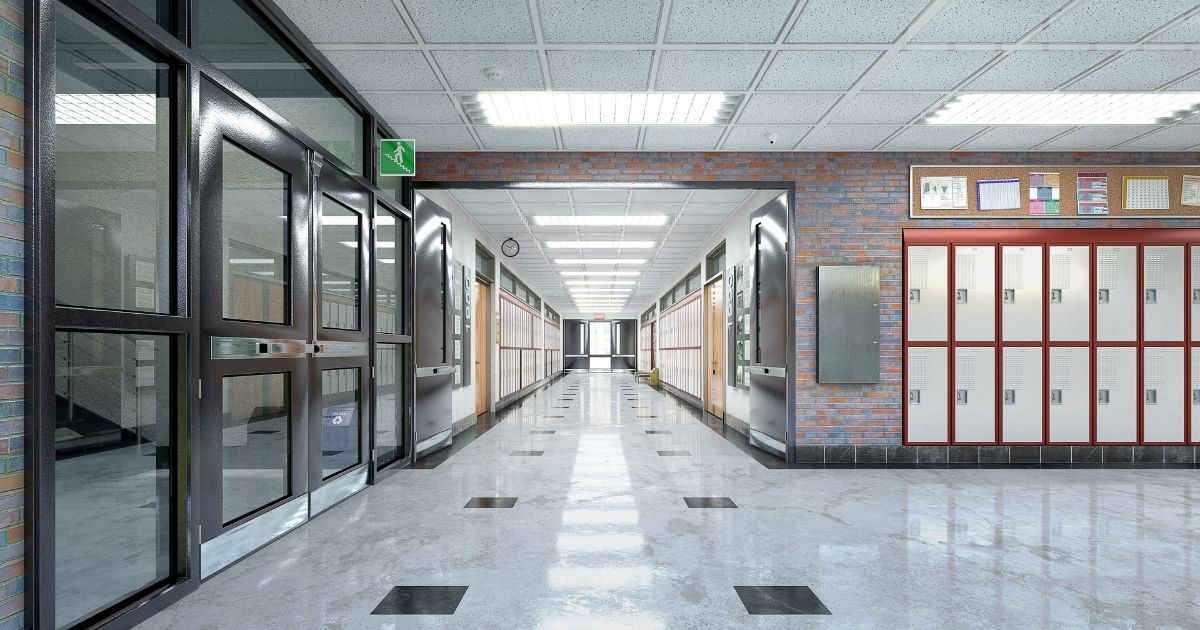Katie Skoloff knew she liked the building, and that was about it.
Skoloff had been hunting for a new location for In Site Designs, the design firm she founded and for which she serves as principal designer, when she found herself enamored with a historical, triangle-shaped building in the Village of West Greenville.
She wasn’t the only one to take note of the so-called “Flatiron Building,” the two-story brick building on the corner of Pendleton and Burdette streets. Last year, the New York Times ran a profile on the Village of West Greenville, specifically mentioning the building as one of five places to visit.
But neither The New York Times nor Skoloff knew anything about the history of the building. Still, Skoloff decided to purchase the building anyway, at which point she wanted to do as much as she could to find out about its past.
“We had to do all the research on the history,” Skoloff said. “There was no history at all.”
Skoloff hired Teresa Slack, the historian for the Greenville Historic Preservation Commission, and also consulted two other historical advisers, one in Raleigh and one in Charleston, to uncover the story behind the building.
The past

Before the bloodshed, there were the seamstresses.
The Flatiron Building was built sometime in the late 1920s, most likely 1928. Given its location in the center of the historic “Textile Crescent,” it was put to use as the sewing department for Piedmont Plush Mill. To this day, remains of the sewing machines can still be found in the upstairs of the building.
About half a decade after it was built, the building became the site of bloodshed. The General Textile Strike of 1934 — the largest strike in the labor history of the United States at the time — brought martial law to the city. National Guardsman marched to the mill villages as striking mill workers fought back with rifles and pistols.
The striking workers failed to unionize, but that didn’t stop their efforts. Four years later, the Flatiron Building became the gathering place for the unionizing efforts. Representatives from all the mill villages would meet in the upstairs of the building to hold secretive meetings, plotting their next steps. Another strike ensued, this one peaceful, but the workers were once again rebuffed when the recession of 1937-1938 led to stronger employer opposition.
In the years since, the building has seen a variety of uses. During WWII, workers sewed garments for the Red Cross. The building sat empty for awhile, later becoming a daycare and after-school childcare center.
For decades, the upstairs remained empty, while the downstairs space was used as art studios.
The future
The future of the building will be to keep all its history intact, Skoloff said, and in some cases restore what has been lost, with the newly uncovered historical record guiding the work.
Skoloff said work will begin in the fall and should be completed by the start of summer 2021.
Along with In Site Designs, Skoloff is planing on additional tenants in the creative fields, including a creative marketing firm and a commercial furnishing company, among others. She also plans to use part of the downstairs to serve as an exhibition space for creatives.
“The goal is to get further foot traffic down this way,” Skoloff said. “If we can be one addition to supporting the growth of this part of the city, that’s a perfect outcome of all this.”
The post In the lead-up to restoration, an old building’s forgotten history is revealed appeared first on UPSTATE BUSINESS JOURNAL.










